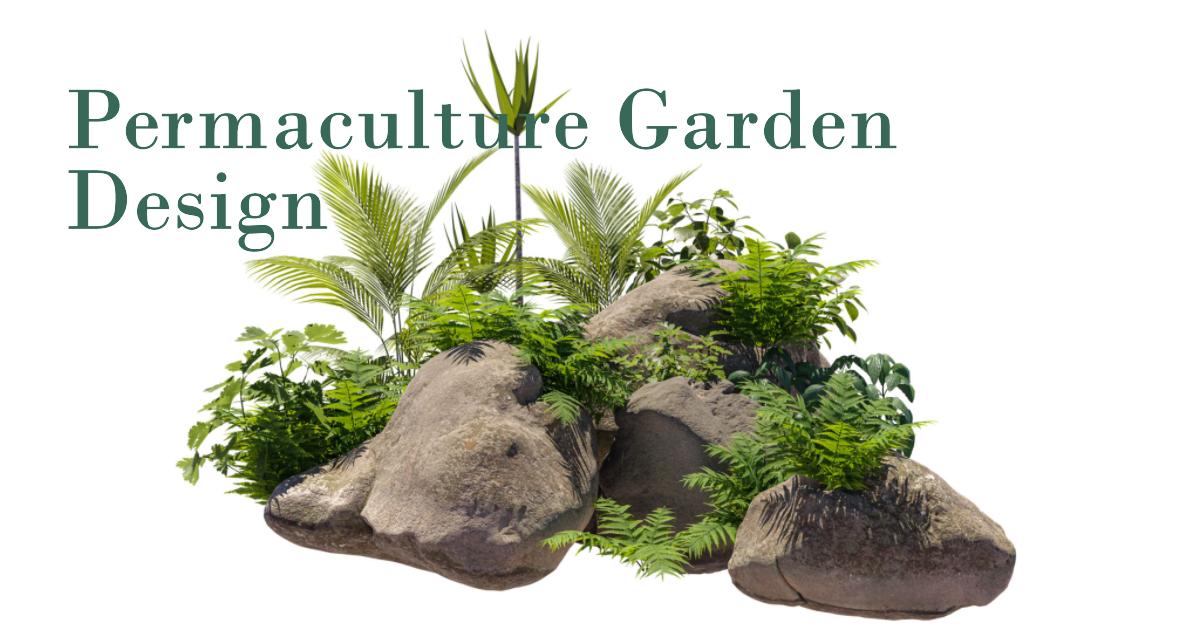Welcome to OrganicMotion, your trusted source for organic gardening inspiration. In this blog post, we delve into the fascinating world of permaculture garden design—an innovative approach that embraces sustainability, ecological balance, and self-sufficiency. Whether you have a small urban plot or a sprawling countryside landscape, permaculture principles can help transform your garden into a thriving and resilient ecosystem. Join us as we explore the core principles of permaculture and discover practical design strategies to create a harmonious and productive garden that works in harmony with nature.
Understanding Permaculture:
Permaculture, a portmanteau of “permanent agriculture,” is a holistic design system that mimics the patterns and processes found in natural ecosystems. It aims to create productive and self-sustaining landscapes that require minimal external inputs. By observing and working with nature, permaculture gardens strive to optimize resource utilization, enhance biodiversity, and promote ecological resilience.
Core Principles of Permaculture:
a. Observing and Interacting: Start by observing your garden’s unique characteristics, including sunlight patterns, soil composition, water flow, and microclimates. This observation will guide your design decisions and help you work in harmony with your surroundings.
Catching and Storing Energy
Harvesting and utilizing energy sources such as sunlight, wind, and water is essential in permaculture design. Consider installing rainwater harvesting systems, solar panels for energy needs, and windbreaks to maximize the potential of natural resources.
Obtaining a Yield
Permaculture emphasizes the importance of generating a yield from your garden. It could be fresh produce, medicinal herbs, honey from beehives, or eggs from poultry. By focusing on productive elements, you create a regenerative system that sustains itself.
Using Renewable Resources
Aim to utilize renewable resources as much as possible. Incorporate organic matter through composting, incorporate green manures, and use renewable materials for structures and garden features.
Designing from Patterns to Details
Embrace the concept of “zones” in permaculture design. Arrange elements based on their frequency of use and attention required. Place high-maintenance plants and frequently accessed areas near your home, while low-maintenance elements can be positioned further away.
Integrating Diversity
Encourage diversity in your garden by incorporating a variety of plants, animals, and beneficial insects. This promotes natural pest control, improves soil health, and enhances ecosystem resilience.
Using Small-Scale Solutions
Permaculture emphasizes small-scale, localized solutions to problems. Instead of relying on large inputs and external resources, focus on efficient and sustainable methods, such as companion planting, water-saving techniques, and natural pest control.
Practical Design Strategies:
Here are some practical design strategies for your permaculture garden:
Food Forests
Create multi-layered food forests by incorporating canopy trees, shrubs, herbaceous plants, and groundcovers. Mimicking the structure of a natural forest, this design maximizes productivity and creates a diverse ecosystem.
Keyhole Beds
Design keyhole beds, circular or keyhole-shaped raised beds with a composting basket in the center. This allows easy access to the entire bed and promotes nutrient cycling through composting.
Swales and Hugelkultur
Implement swales, gently sloping trenches, to capture and store rainwater. Combine them with hugelkultur mounds—raised beds filled with decomposing organic material—to retain moisture and enhance soil fertility.
Companion Planting
Utilize companion planting techniques to maximize plant health and productivity. Plant mutually beneficial combinations, such as marigolds with tomatoes for pest control or beans with corn for nitrogen fixation.
Vertical Gardening
Make the most of limited space by incorporating vertical gardening structures, such as trellises, arbors, and living walls. These structures provide support for climbing plants and increase overall productivity.
Bee-Friendly Gardens
Designate areas for bee-friendly plants to attract pollinators and support their population. Incorporate a variety of flowering plants with staggered blooming periods to ensure a continuous food source.
Holistic and Sustainable
Permaculture garden design offers a holistic and sustainable approach to cultivating a garden that nurtures both people and the planet. By embracing permaculture principles, you can create a resilient and productive ecosystem that reduces waste, conserves resources, and promotes biodiversity. Start small, observe, and experiment with different design strategies to find what works best for your unique garden space.
Let your garden become a testament to the power of working with nature, where harmony and sustainability thrive. Stay tuned to OrganicMotion for more practical tips and inspiration on organic gardening and permaculture design. Together, we can create a greener and more sustainable future, one garden at a time.
